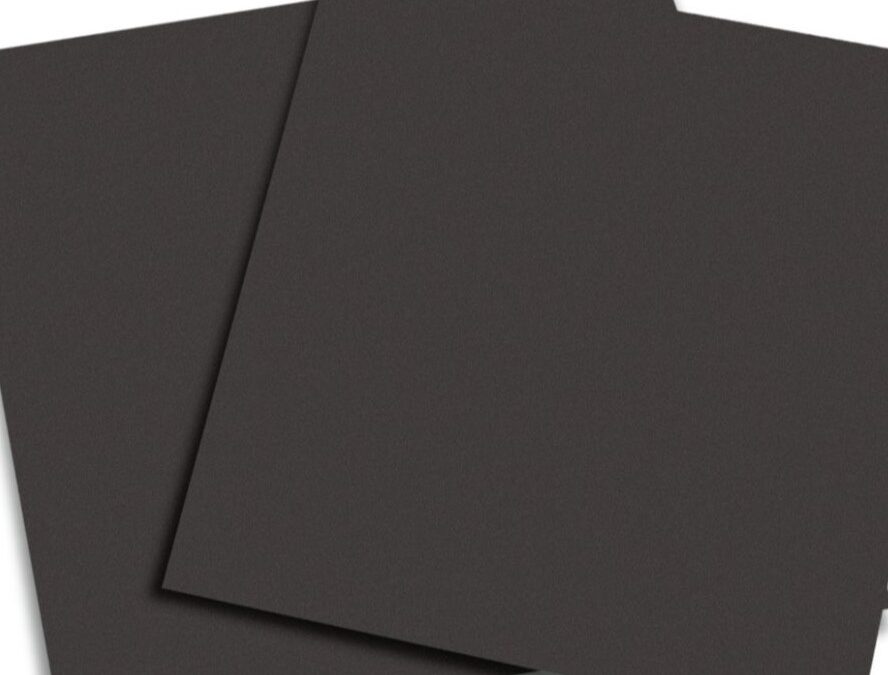Graphene sheet is the thinnest material ever discovered. Still, it has incredible strength, conductivity, and flexibility.
First isolated by researchers Andre Geim and Konstantin Novoselov in 2004, graphene has captured the hearts of scientists and industries alike for its unparalleled potential.
Called the “material of the future,” graphene sheets have the power to transform everything from electronics and medicine to energy and manufacturing. What makes nanomaterial so special and how can it revolutionize the way we live and work?
What is a Graphene Sheet ?
A graphene sheet is a single layer of carbon atoms tightly arranged in a two-dimensional honeycomb structure. These nanomaterial exhibits extraordinary physical and chemical properties, making it a groundbreaking discovery in materials science.
Graphene is often described as a “building block” of other carbon-based materials. For example, it forms graphite when stacked in multiple layers and carbon nanotubes when rolled into cylindrical shapes. However, as a standalone material, its single-atom thickness makes it the thinnest substance known to science.
Properties of Graphene Sheets
1. Strength: Tensile strength approximately 200 times that of steel. With that, it is very light, making it suitable for those applications which require a reduction in weight and still remain durable, and these areas have been primarily aerospace and advanced composites.
2. Thermal Conductivity: Graphene is an excellent conductor of heat with thermal conductivity superior to traditional materials like aluminum and copper. It has this property that it makes ideal for use in electronics, batteries, and other high-performance systems as a means of dissipation.
3. Transparency: Although made solely of carbon atoms, graphene is almost transparent. It absorbs only 2% of the light that passes through it. That is what makes this material unique; with flexibility, it will be great for flexible screens, touch panels, and even transparent solar cells.
4. Chemical Stability: Graphene shows extraordinary corrosion, oxidation, and chemical damage resistance. Its inert nature makes it tolerate a harsh environment, making it a viable candidate for coating applications and sensors and many industrial purposes that require durability.
5.Thinnest Material: At a thickness of one atom only, it is the ultimate 2D material.
6.High Electrical Conductivity: It is a great conductor,as it has easy flow of electrons .
7.Thermal Conductivity: It transfers heat effectively, which is much higher than the conductivity of copper.
Advantages of Graphene Sheets
Graphene sheets are a game-changing material, which has remarkable advantages over the traditional materials. This advantage places graphene at the forefront of innovation across multiple industries.
1. Superior Performance Compared to Traditional Materials
Graphene’s properties make it far superior compared to conventional materials like steel, copper, or silicon, as it has exceptional strength, high electrical and thermal conductivity, and flexibility.
For example:
Lighter but stronger: It is the combined strength of steel with a fraction of its weight, for advanced lightweight structures.
Better conductor: Its electrical and thermal conductivities surpass the former material copper, for high performance electronics and efficient heat management.
2. Contribution to Sustainability
Graphene plays major role in green solutions: Energy efficiency Graphene-based batteries and supercapacitors charge faster, and last longer and perform better by consuming less energy.
Material savings: It has excellent performance, thus allowing the use of thinner, lighter components, which leads to material waste reduction.
Green energy applications: it is used in solar panels and water filtration, supporting renewable energy and clean water technologies for a better future.
3. High Versatility in Multiple Industries
Graphene’s versatility provides endless possibilities in various fields:
In electronics, it allows for faster, thinner, and more efficient devices.In medicine, it is used for biosensors, drug delivery, and regenerative medicine.In the aerospace and automotive industries, graphene composite lightens the weight of the product for fuel efficiency and durability. In environmental technology, it revolutionizes water purification and energy storage.
Conclusion
Graphene sheets represent a new revolutionary step in the world of materials science with unprecedented strength, conductivity, and versatility in a single, atom-thin structure. It has unprecedented possibilities in the transformation of such sectors as electronics and energy storage, medicine, and environmental sustainability. The unique properties that outperform conventional materials overcome efficiency, durability, and sustainability challenges.
With such great prospects ahead, graphene will have much to play in determining next-generation technologies. More and more research is ongoing on scalable production, thus unlocking the endless possibilities that graphene-based innovations can offer. Be it faster electronics, greener energy solutions, or breakthroughs in advanced medicine, it’s all in graphene-kept future possibilities.
Now is the time to explore this revolutionary material. Whether you are a researcher, entrepreneur, or industry professional, investing in graphene-based solutions can place you at the forefront of the materials revolution. Join the movement and be part of the future powered by graphene.
To know More : Graphene Powder

